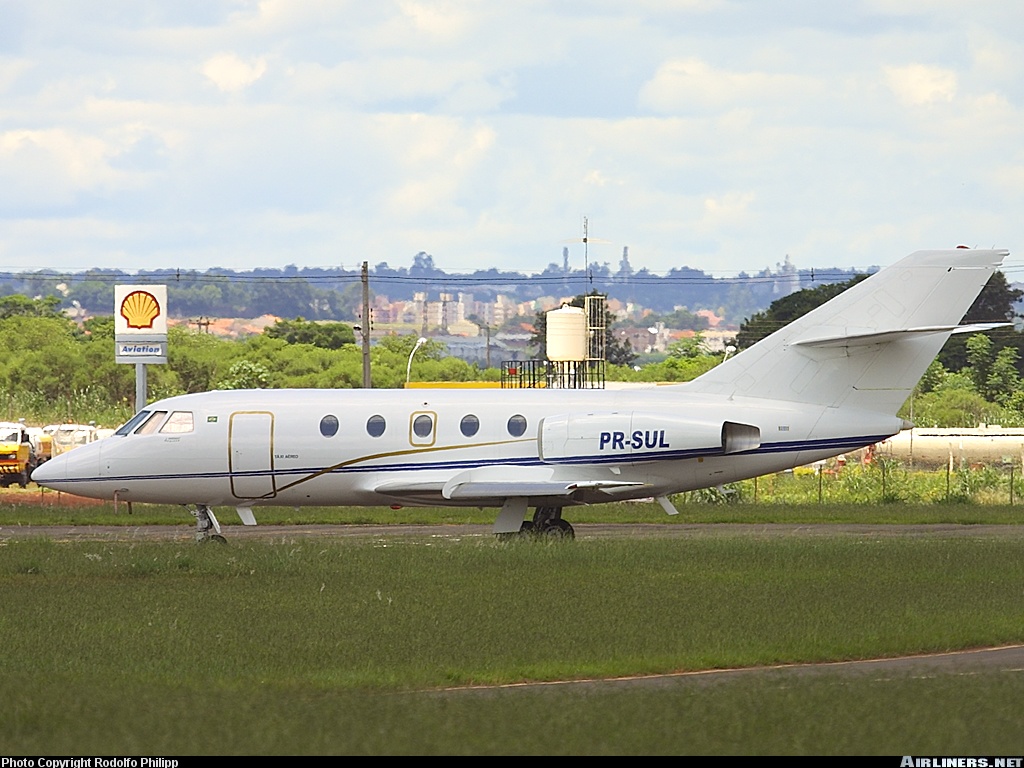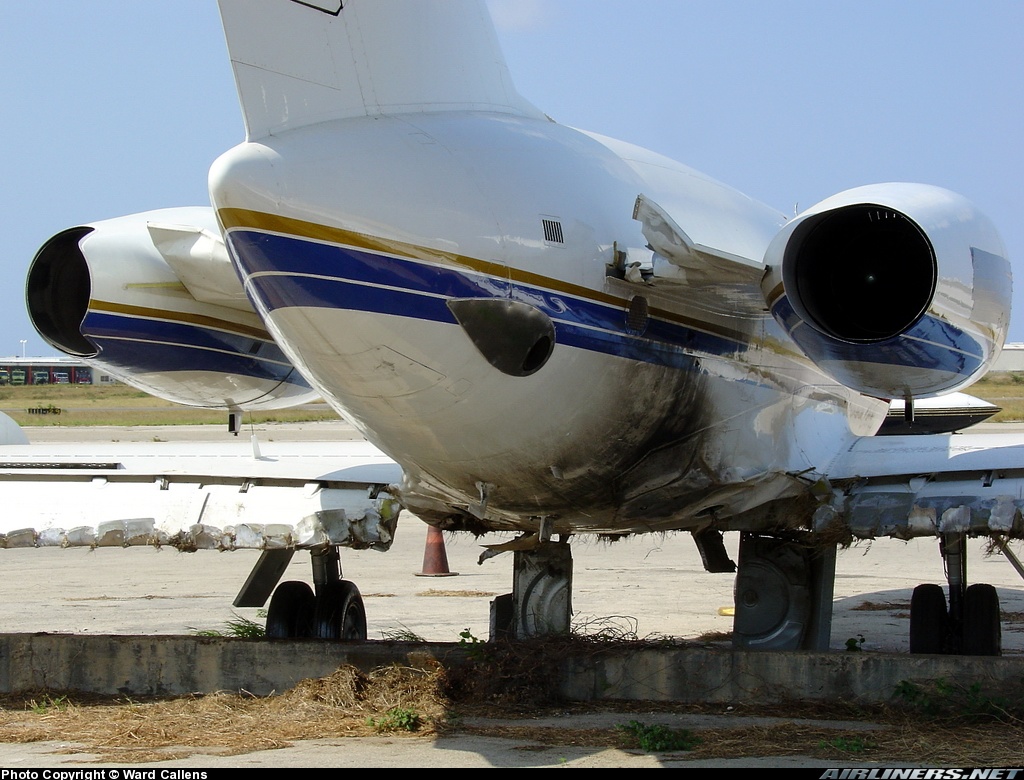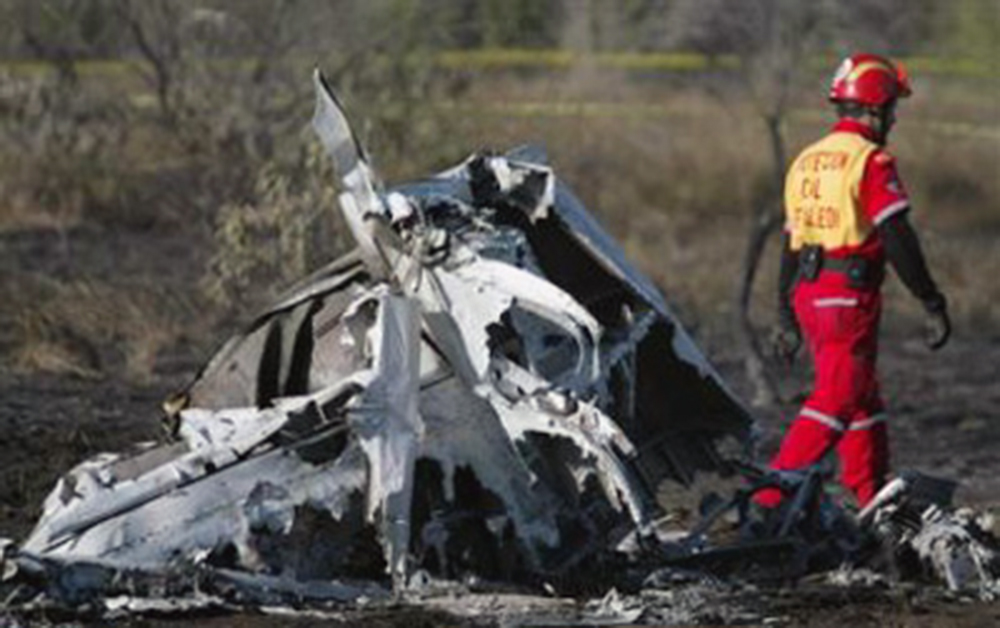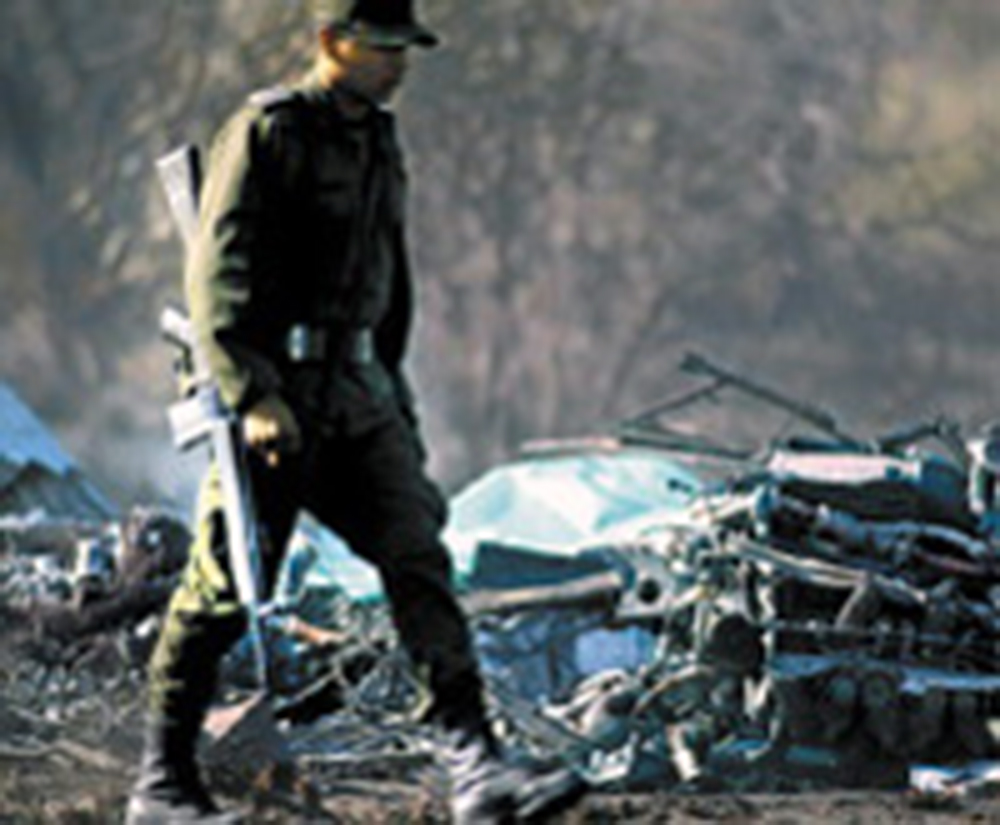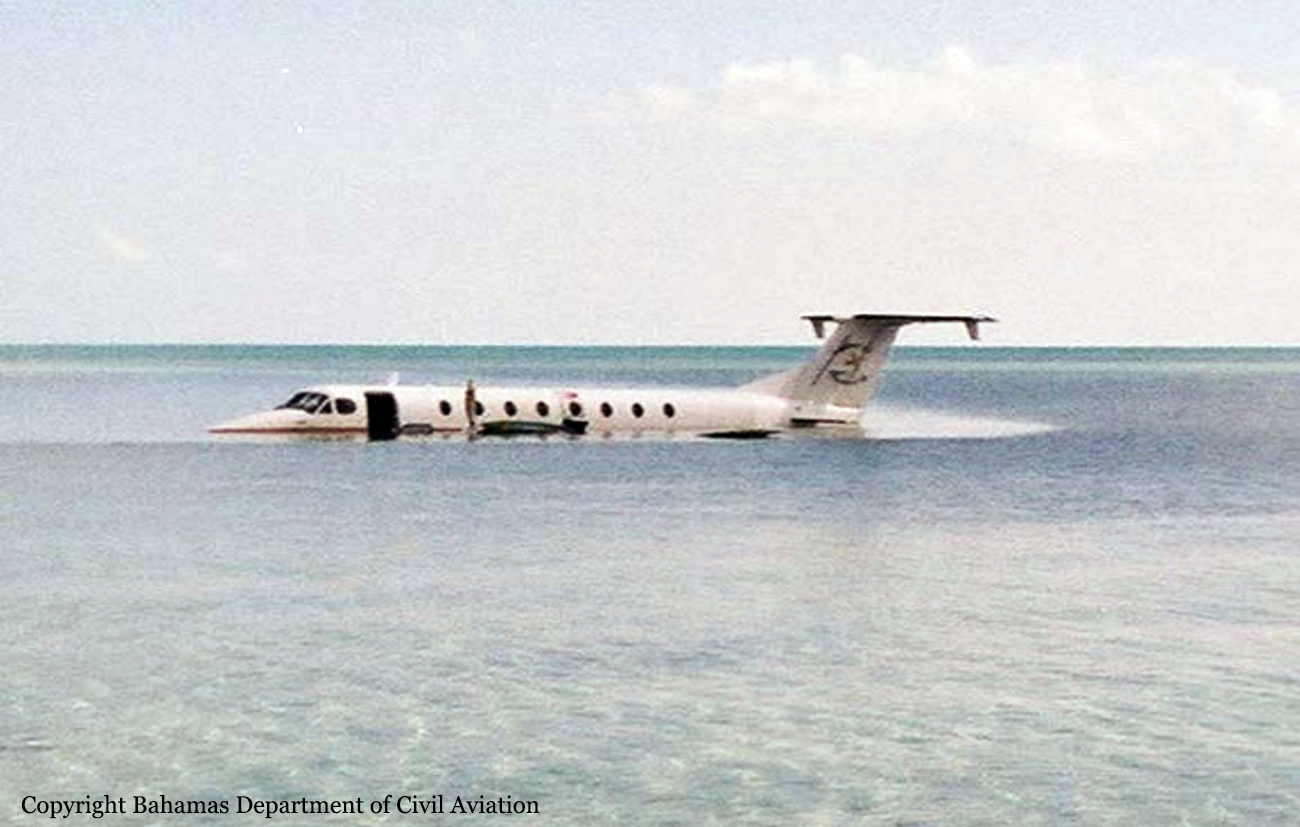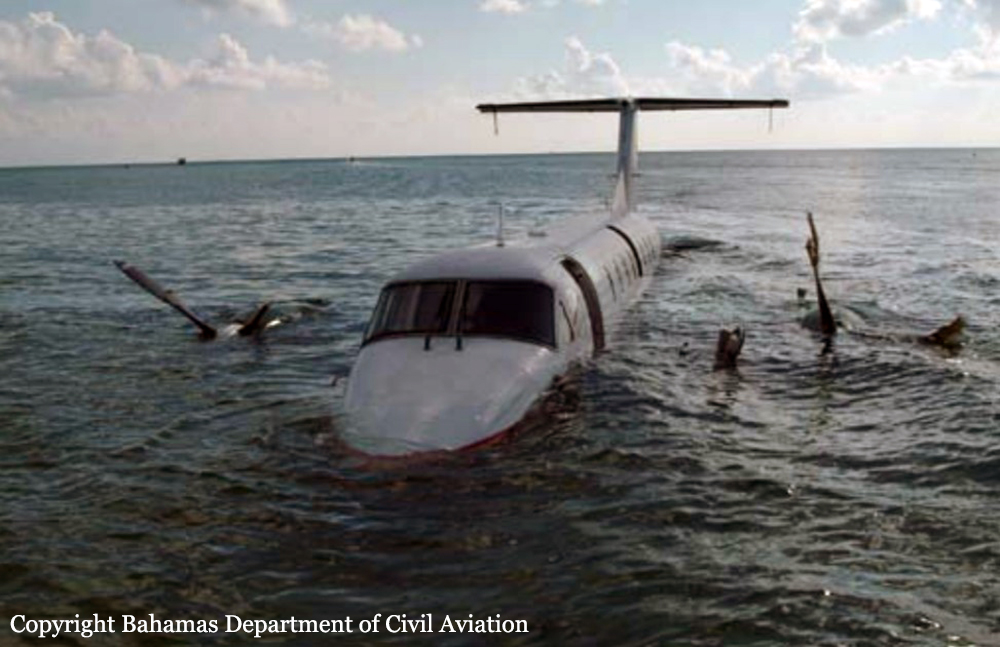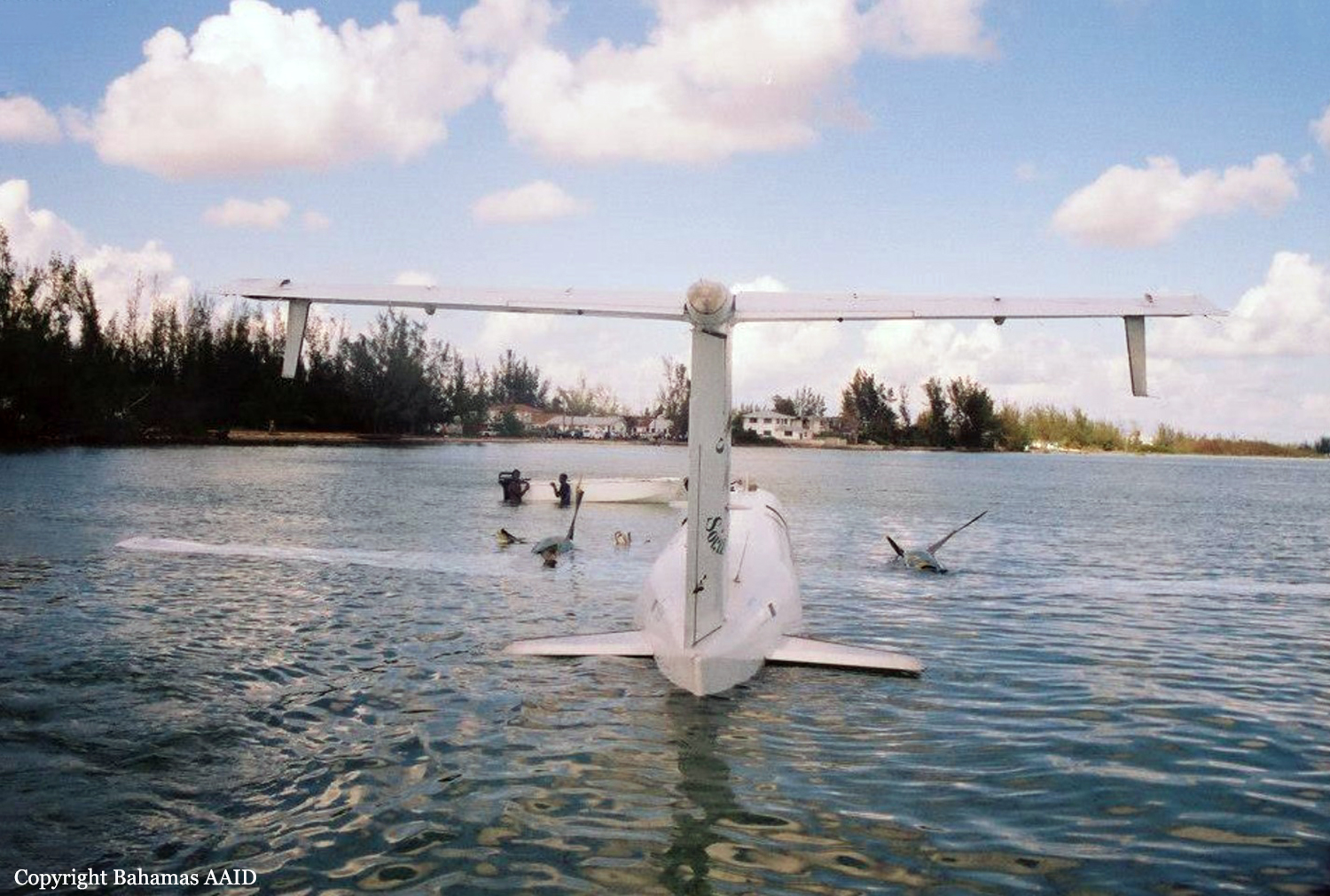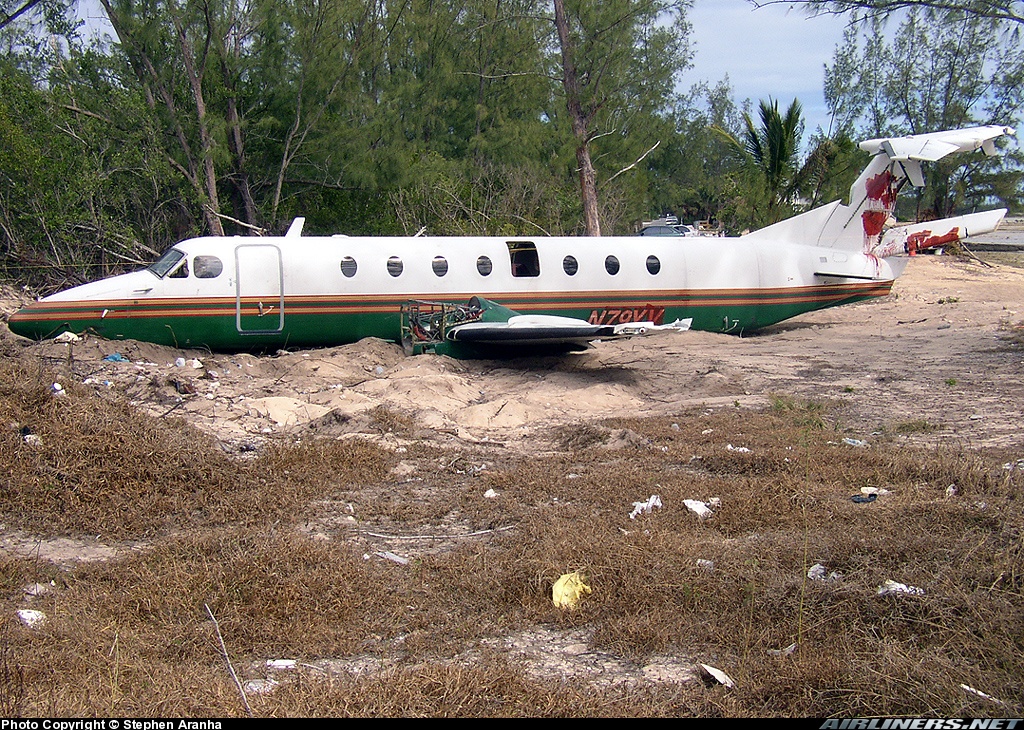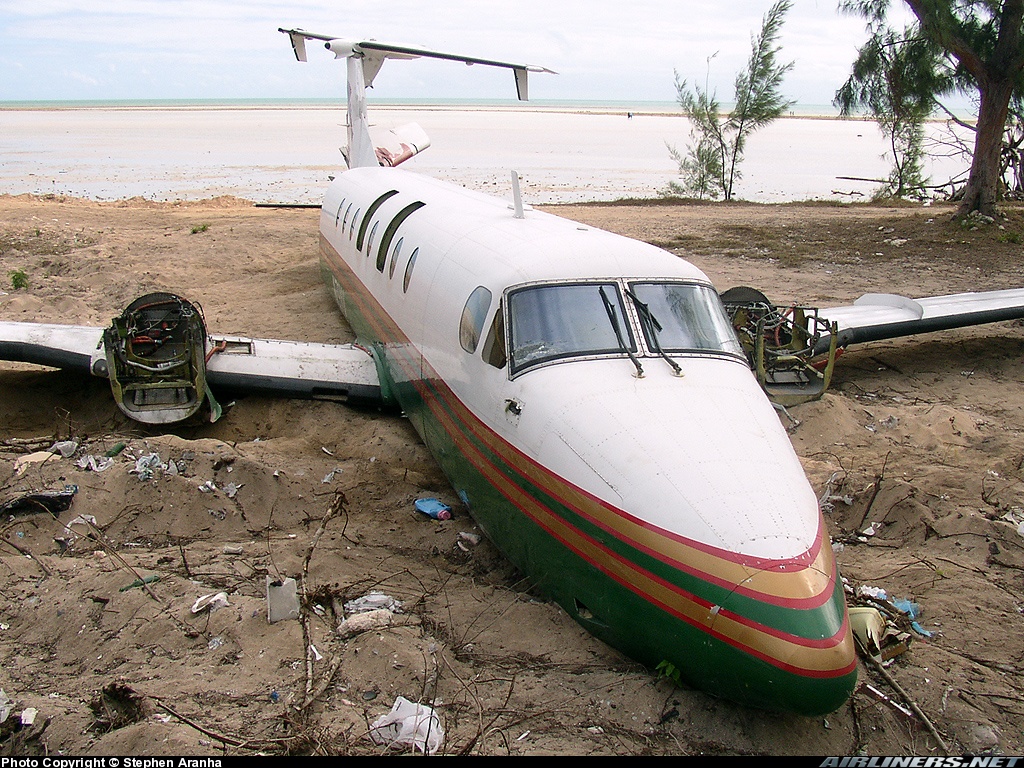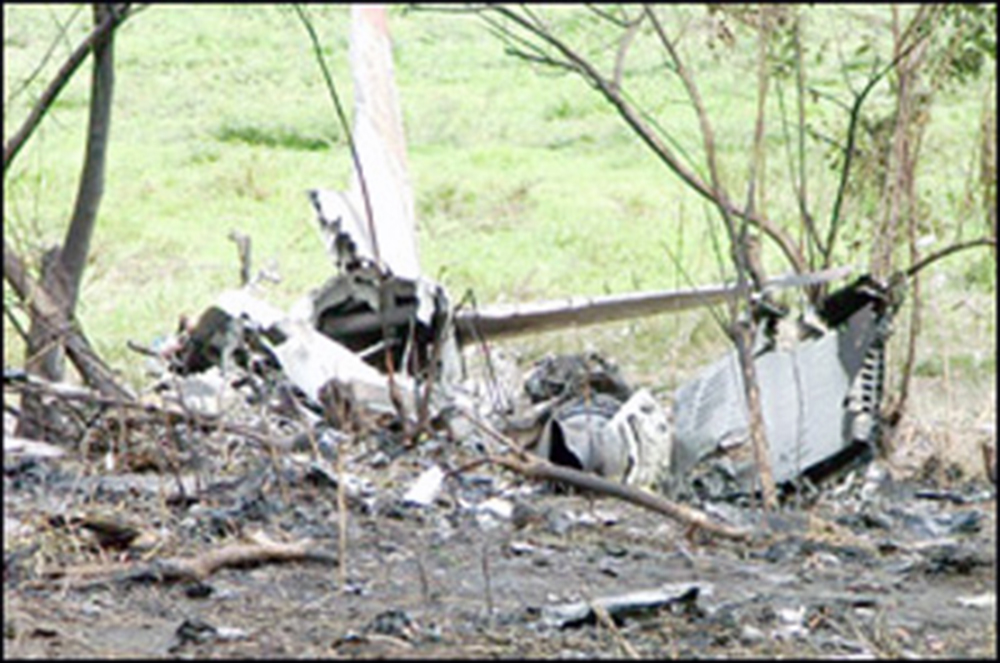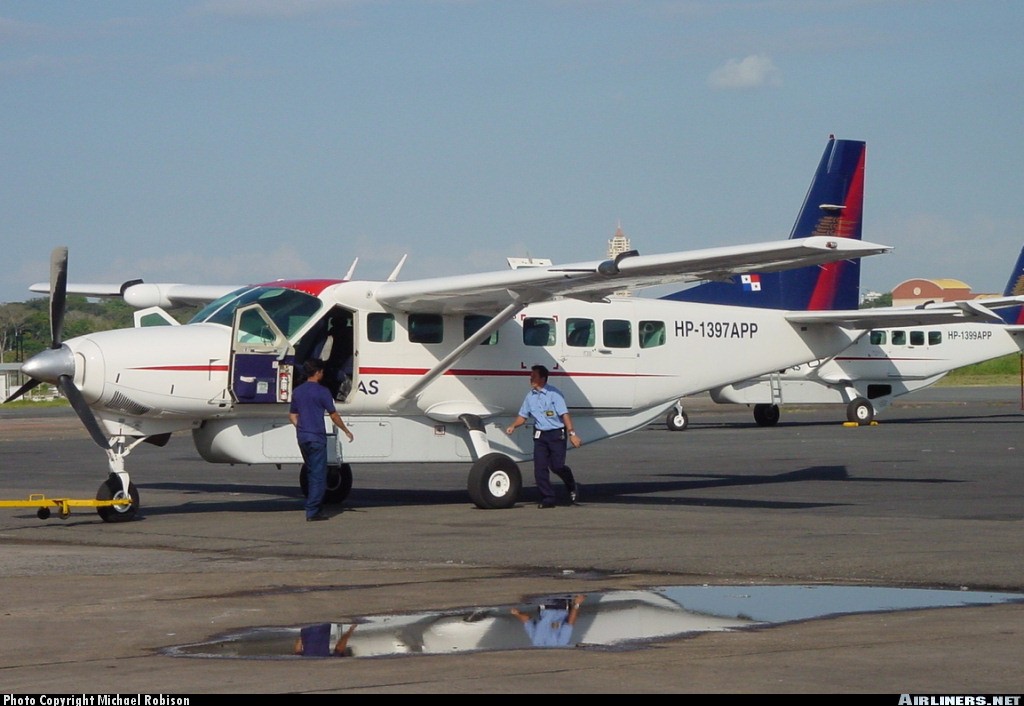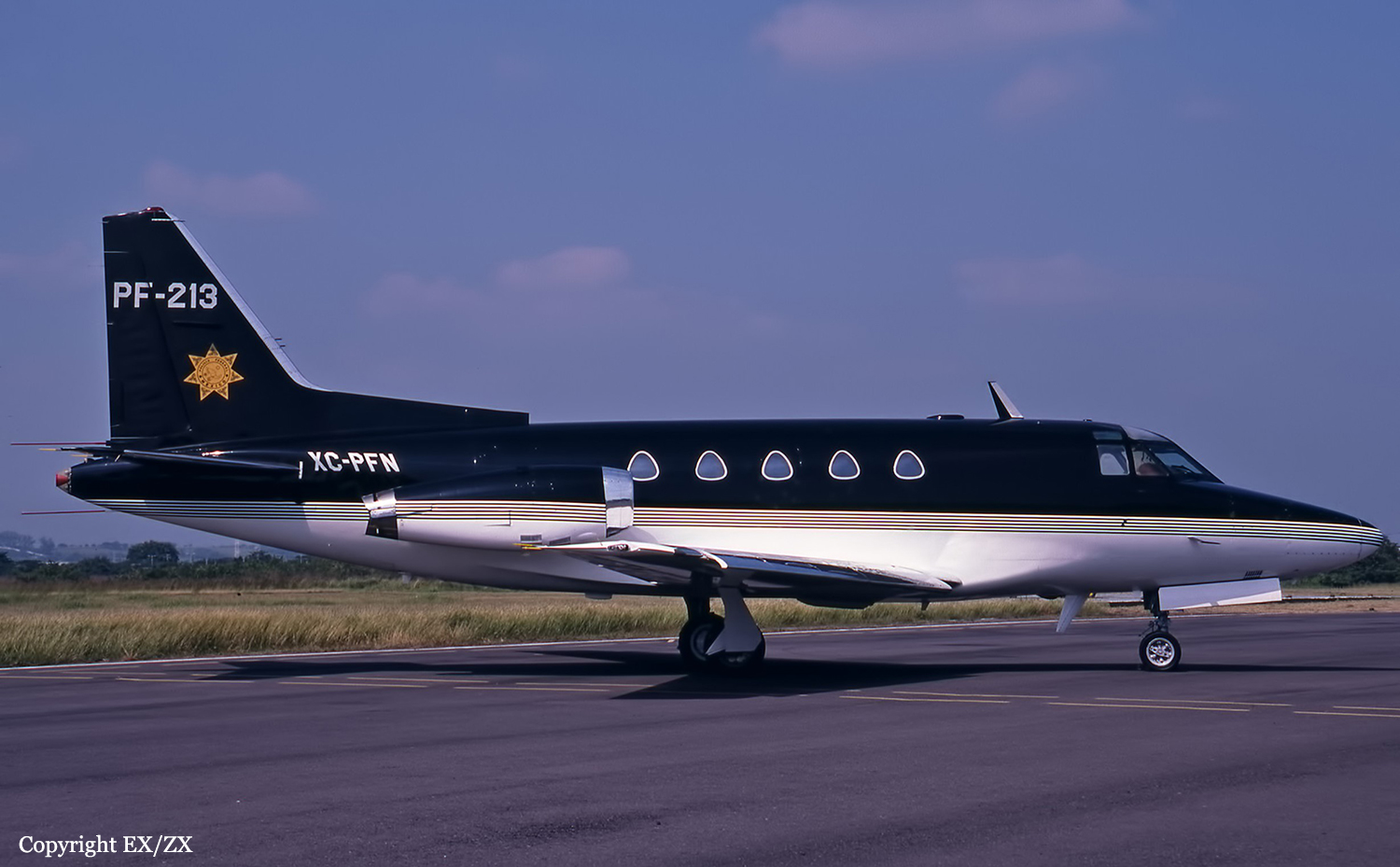Crash of a Dassault Falcon 20C in Oranjestad
Date & Time:
Feb 13, 2005
Registration:
PR-SUL
Survivors:
Yes
Schedule:
Porlamar - Oranjestad
MSN:
129
YOM:
1968
Crew on board:
2
Crew fatalities:
Pax on board:
0
Pax fatalities:
Other fatalities:
Total fatalities:
0
Circumstances:
Following an uneventful positioning flight from Porlamar, the aircraft landed at Oranjestad-Reina Beatrix Airport with its undercarriage retracted. The aircraft slid on ity belly for few dozen metres before coming to rest. Both pilots escaped uninjured while the aircraft was damaged beyond repair.
